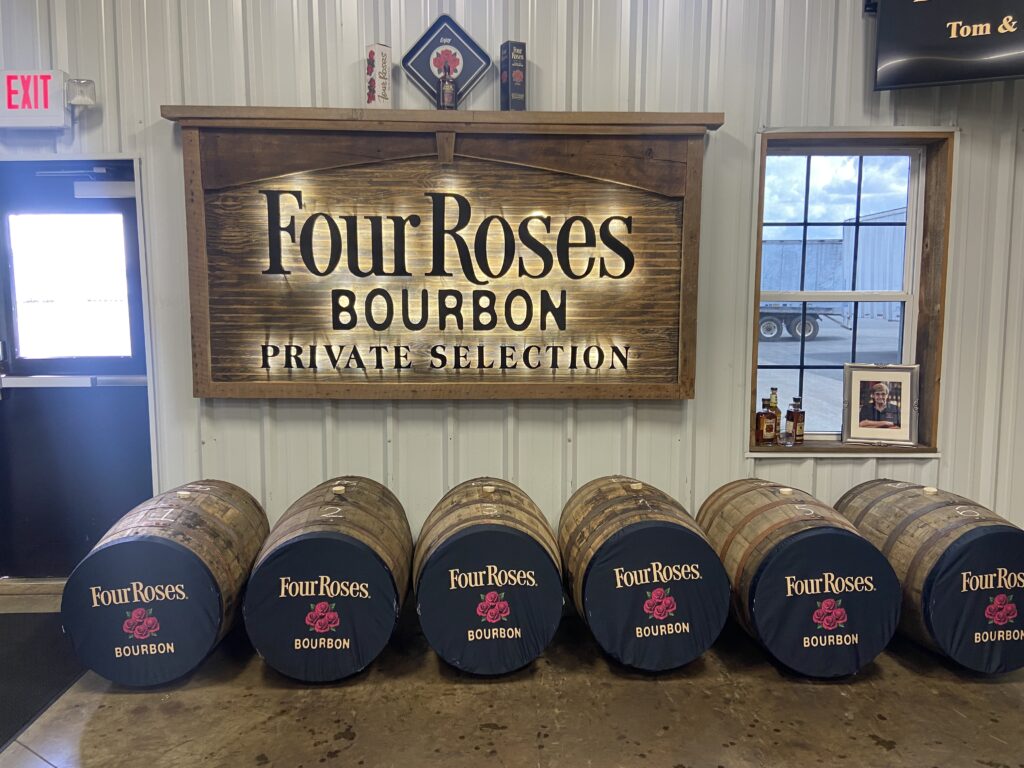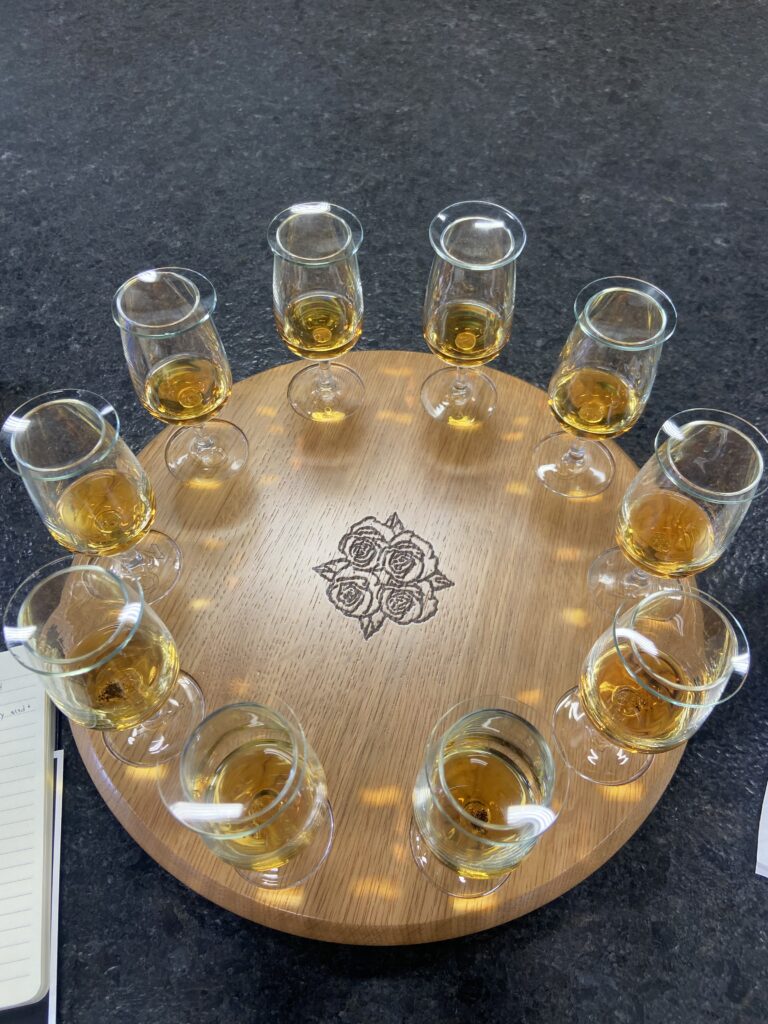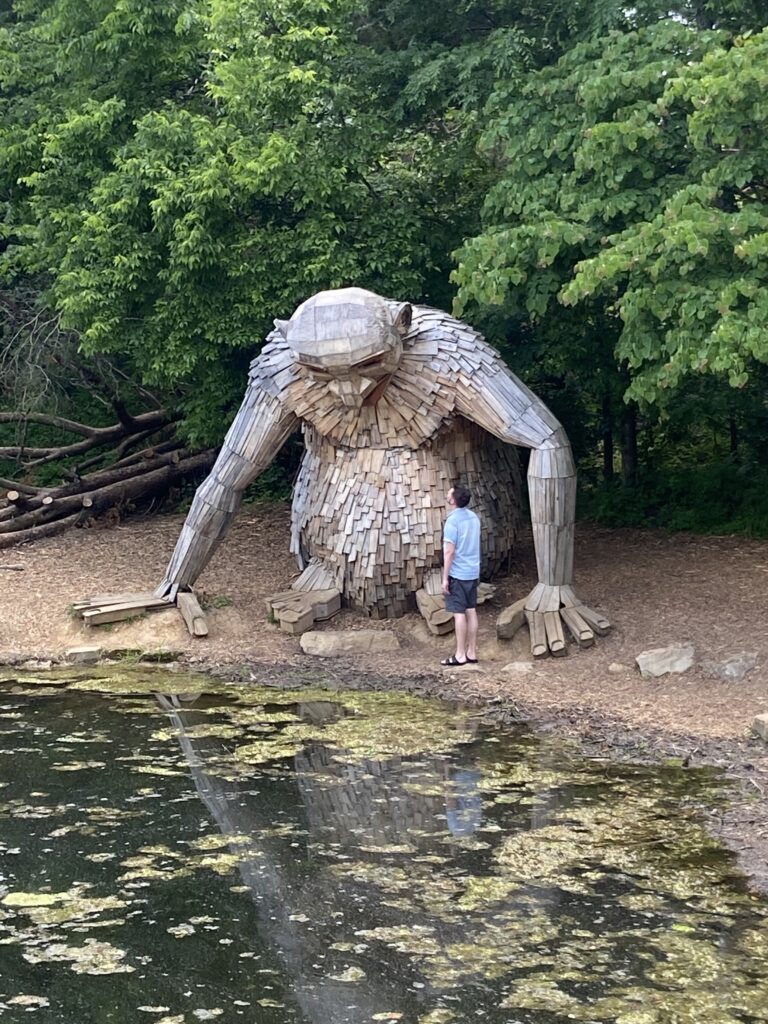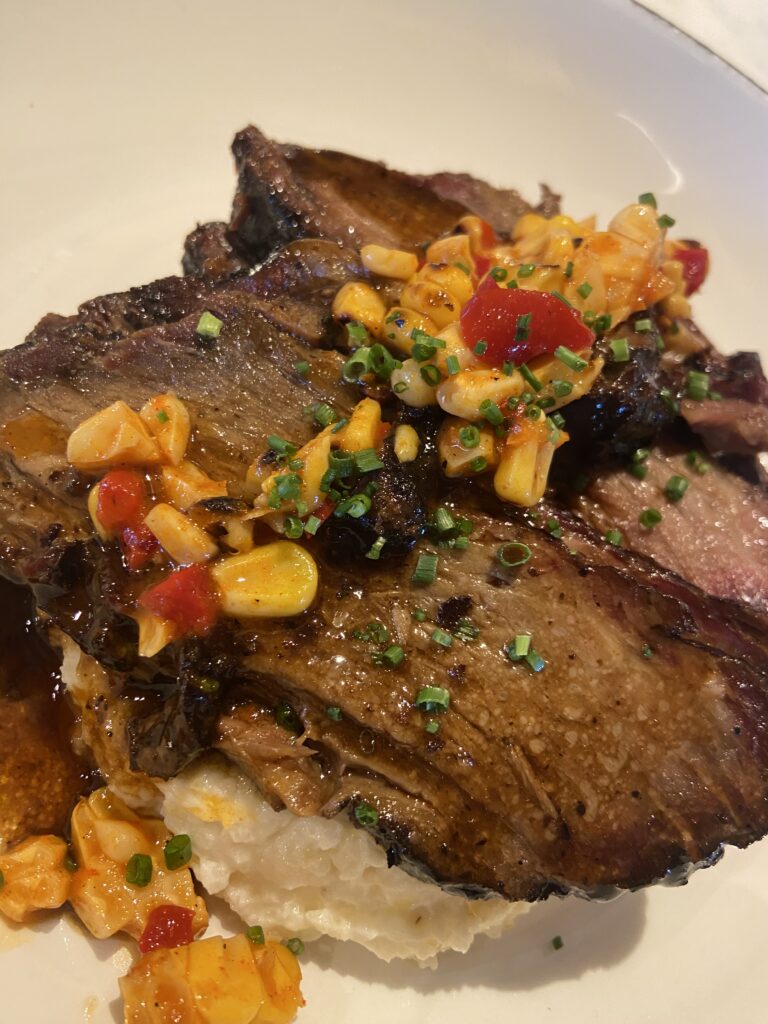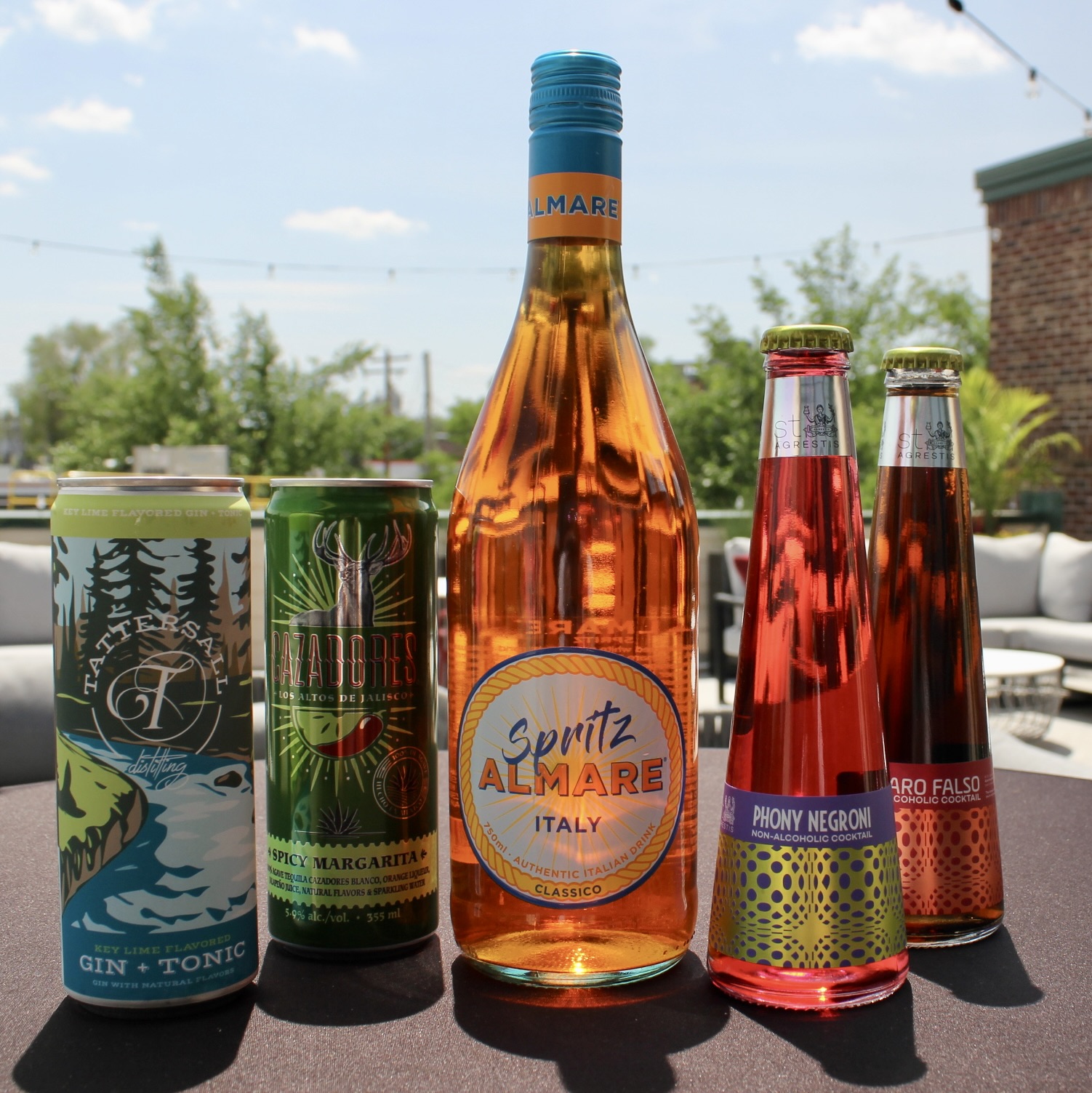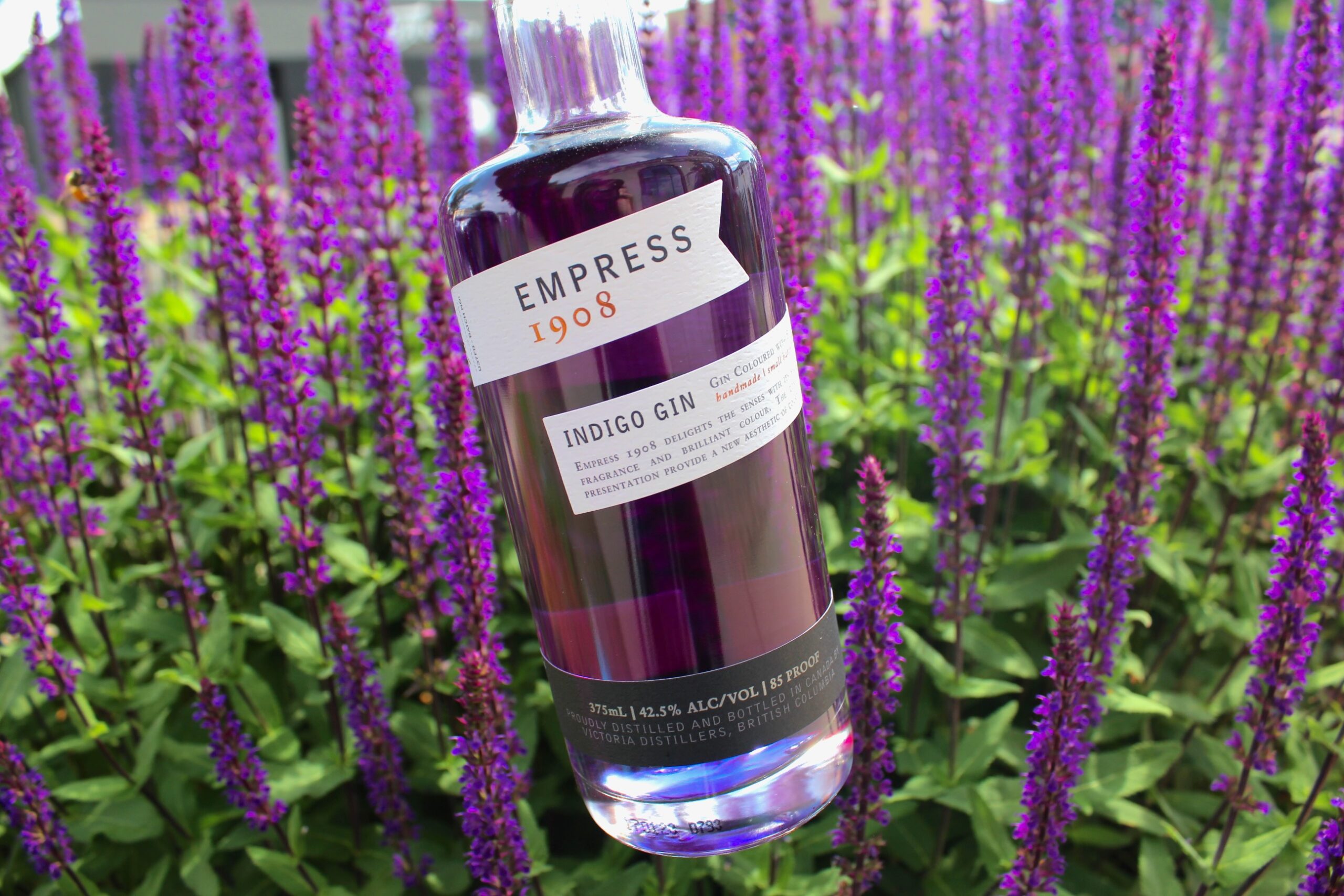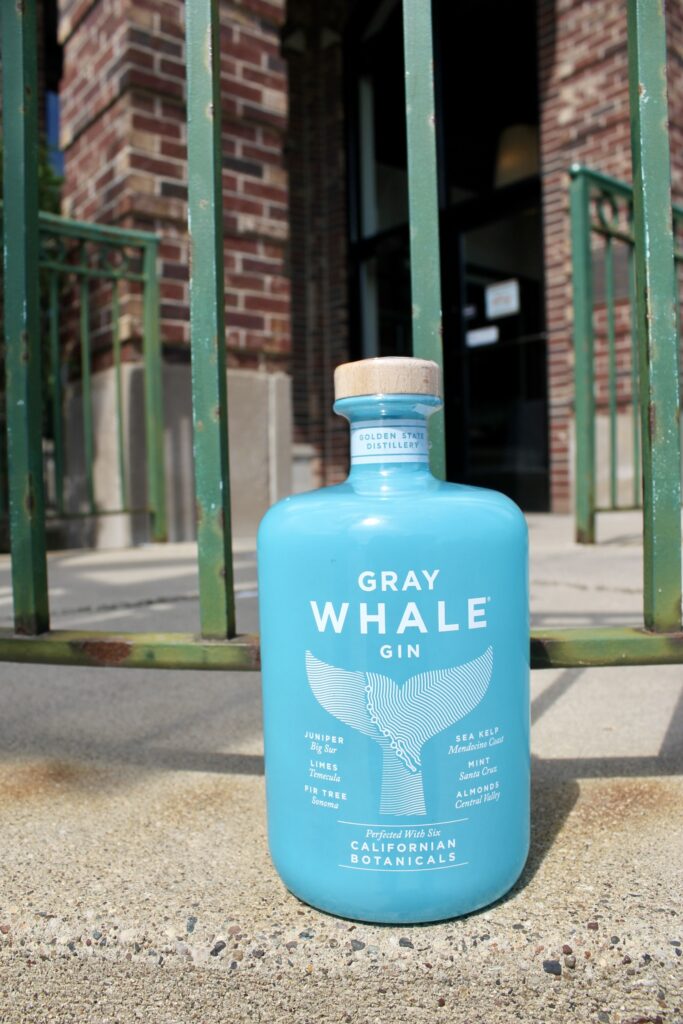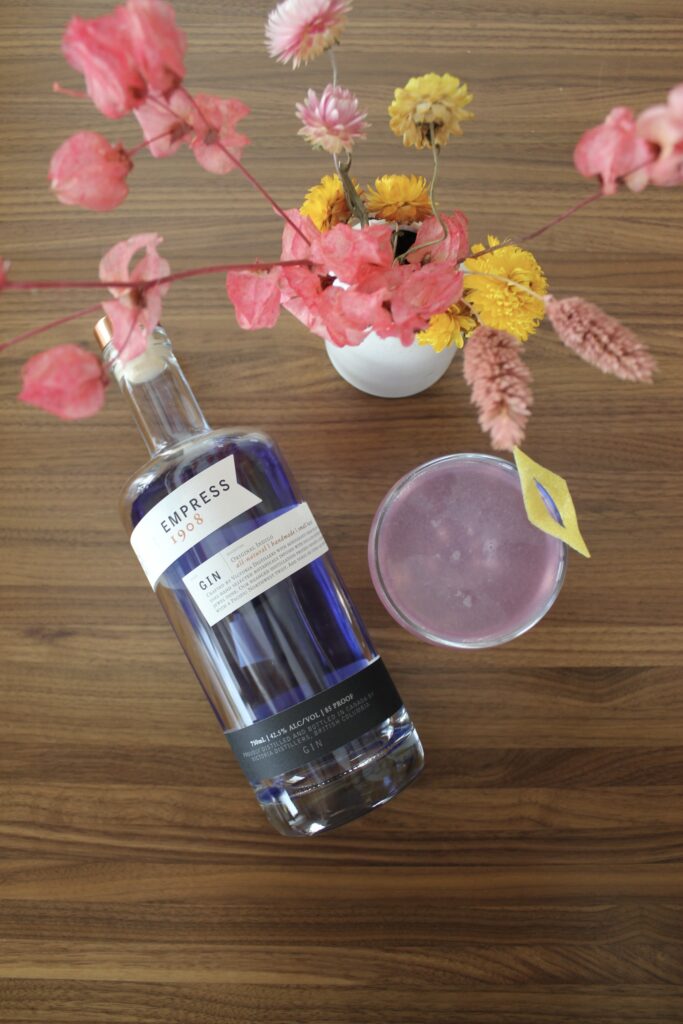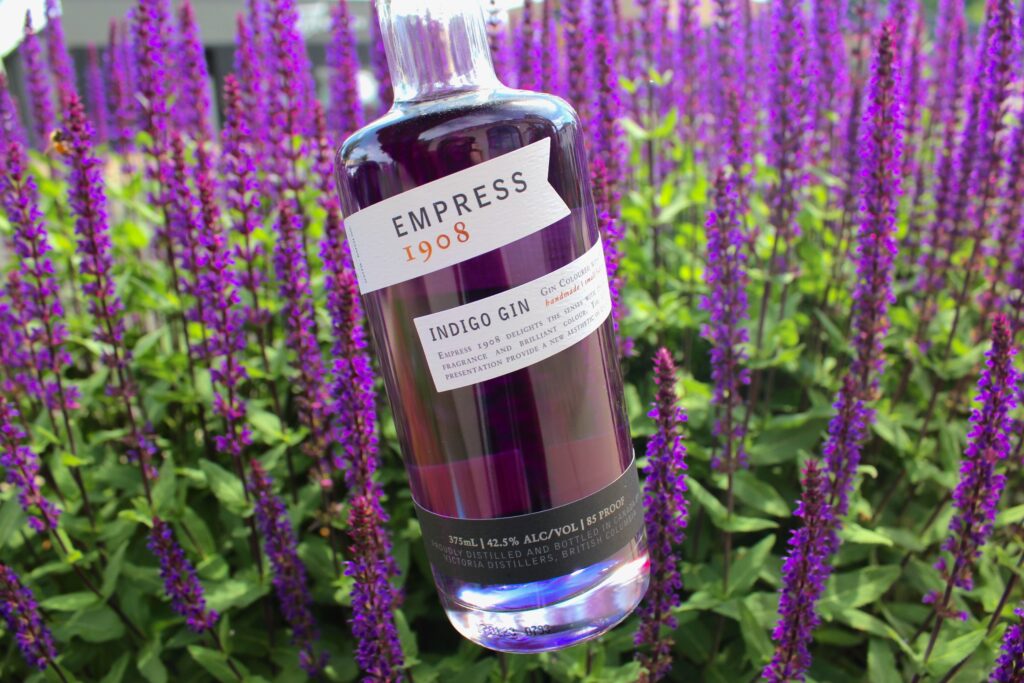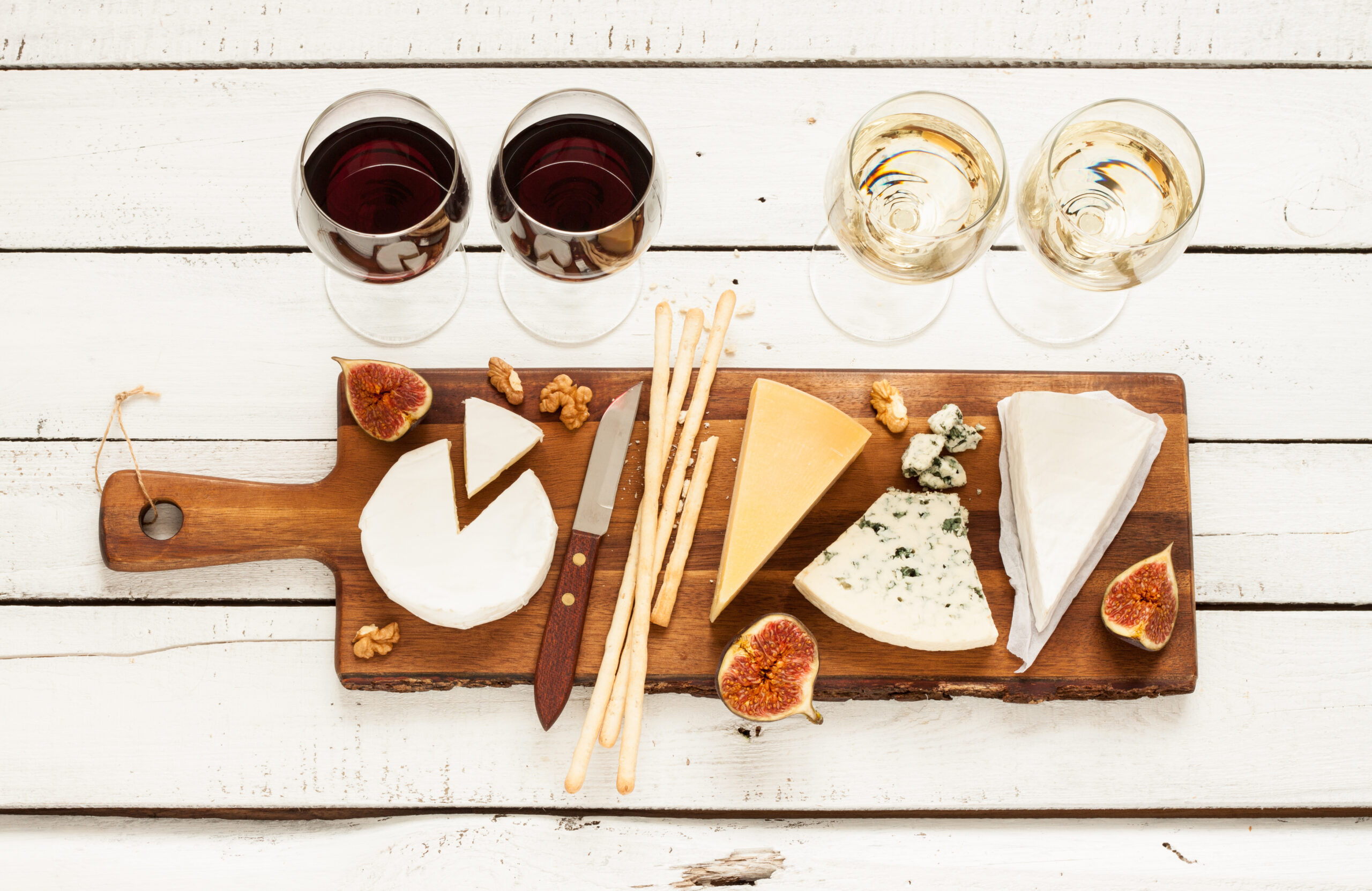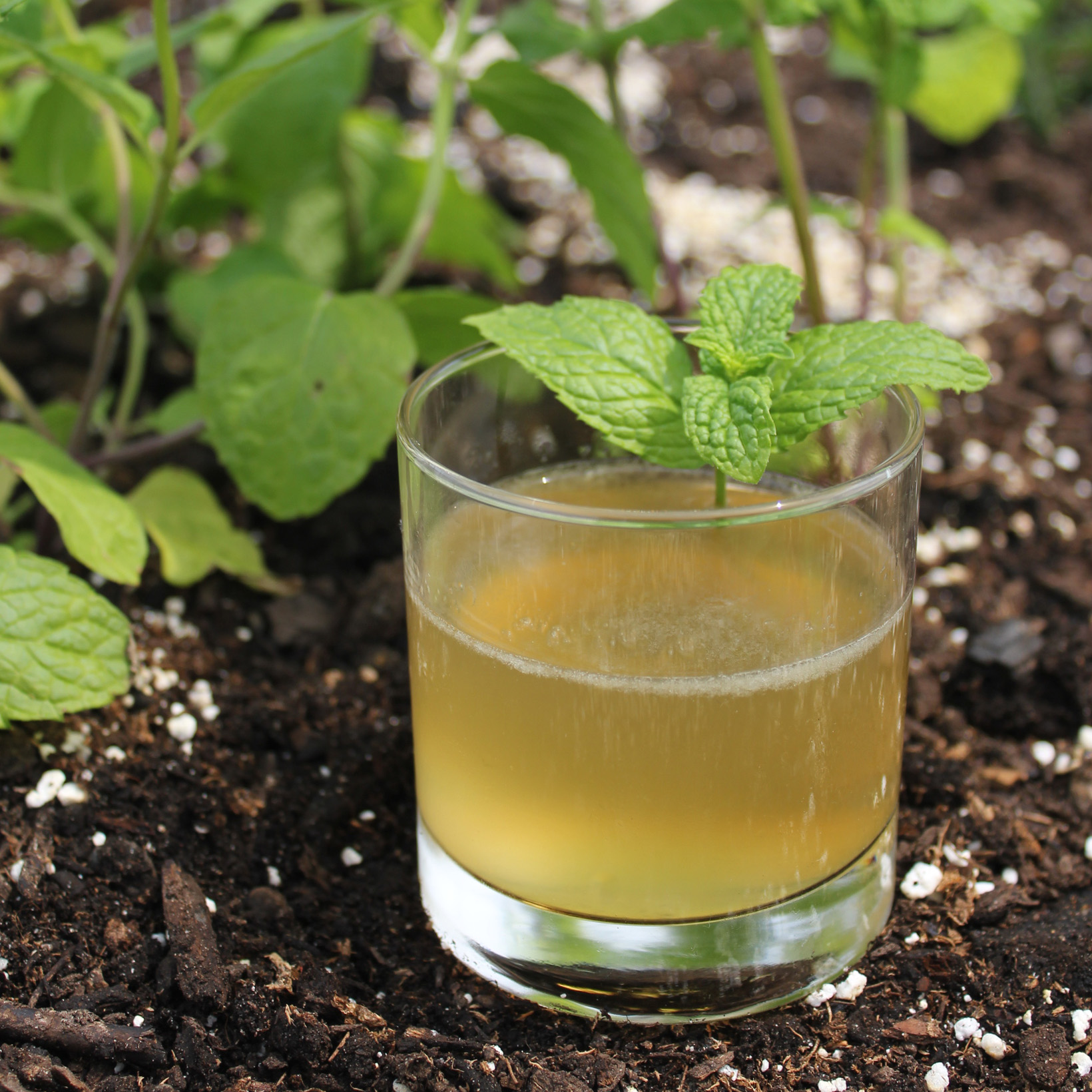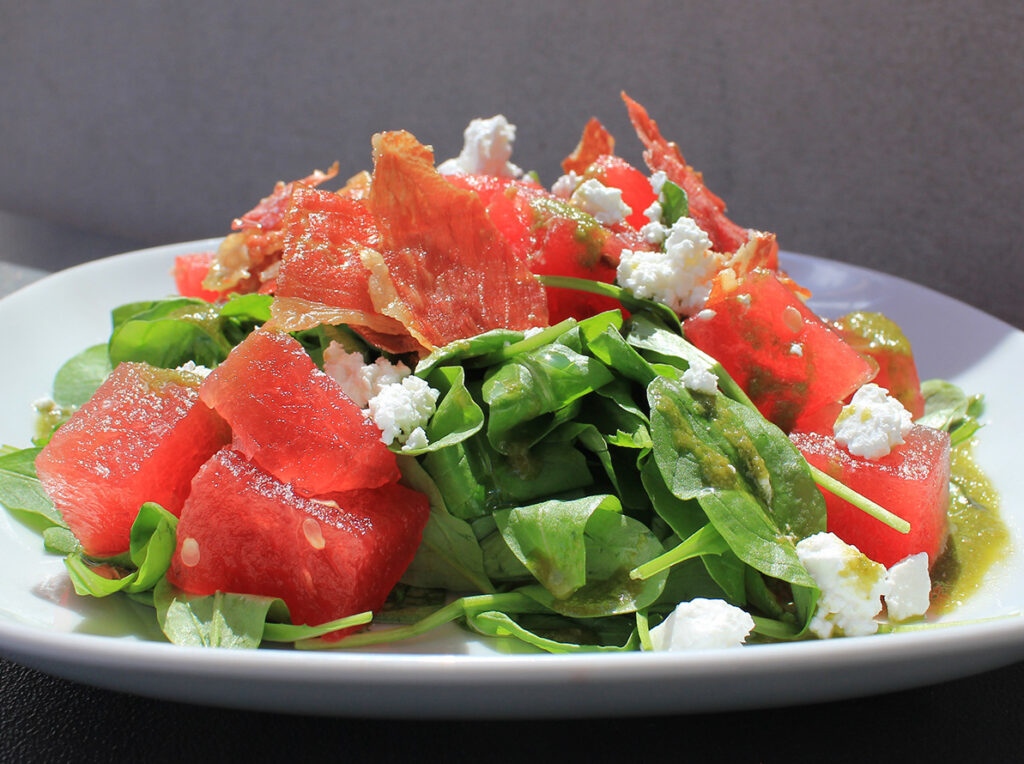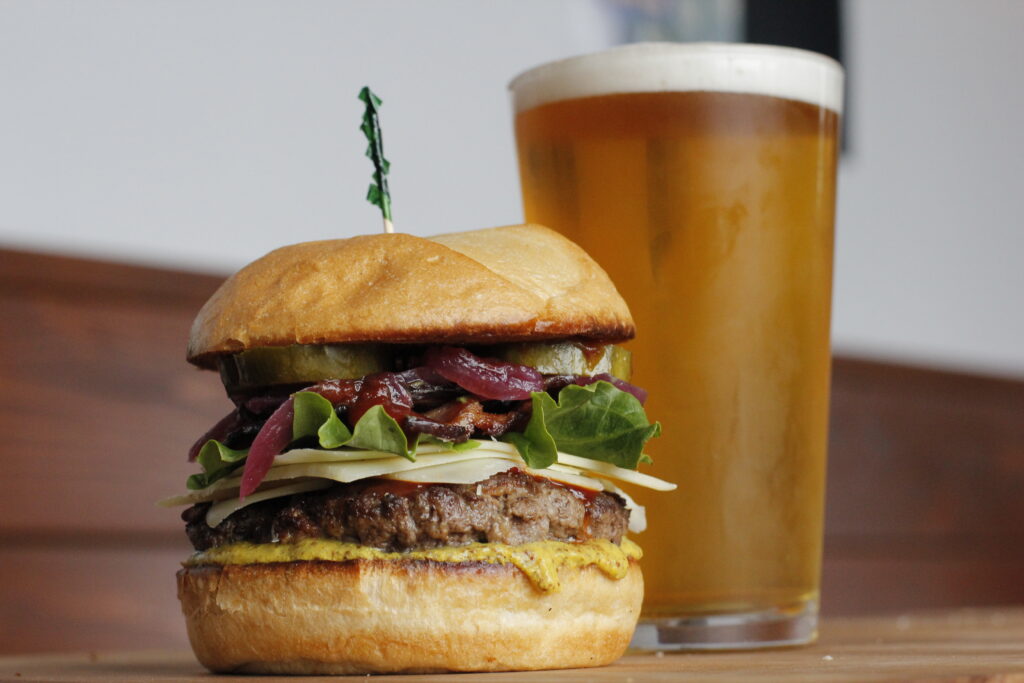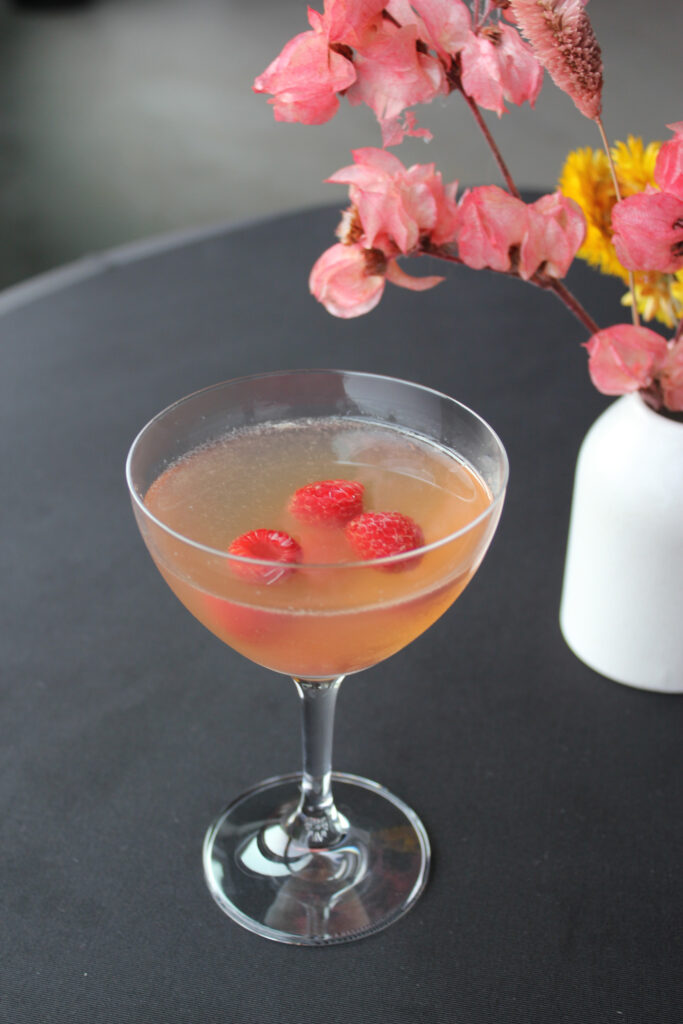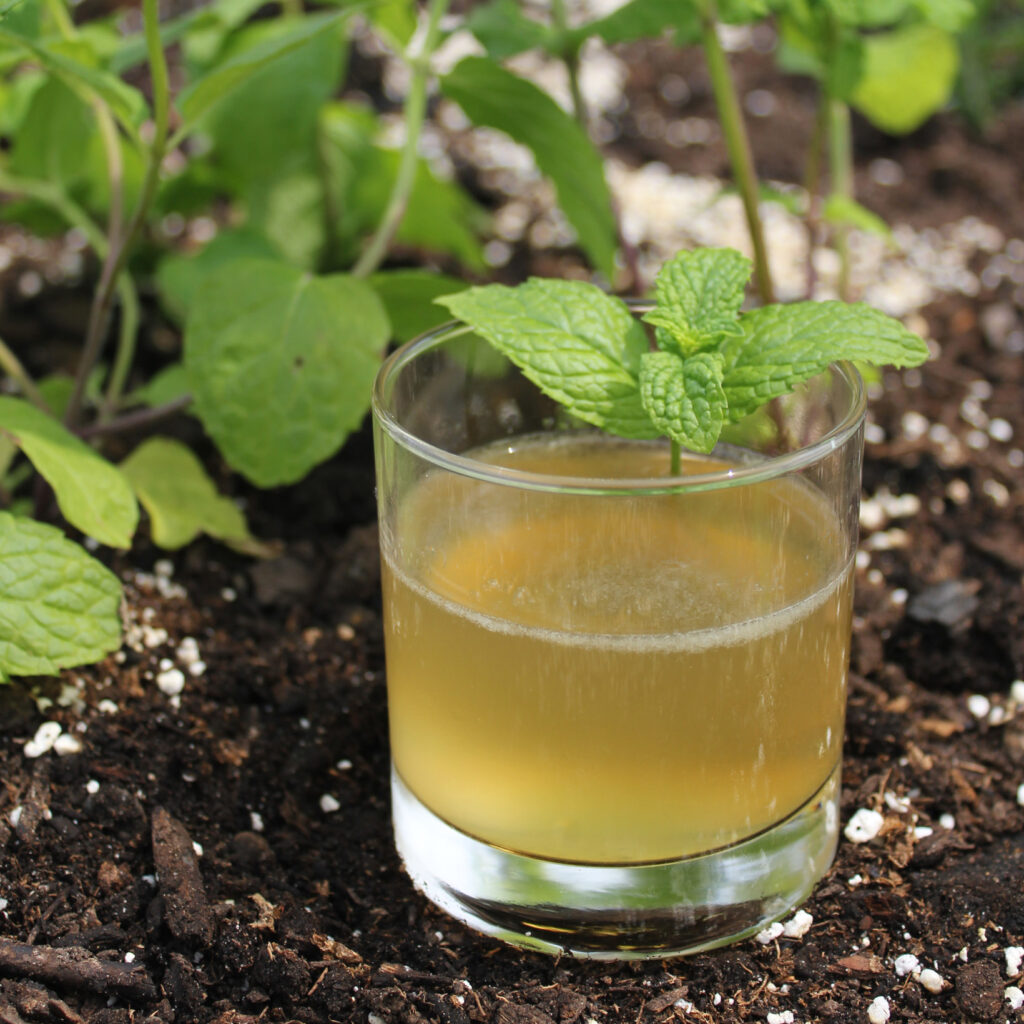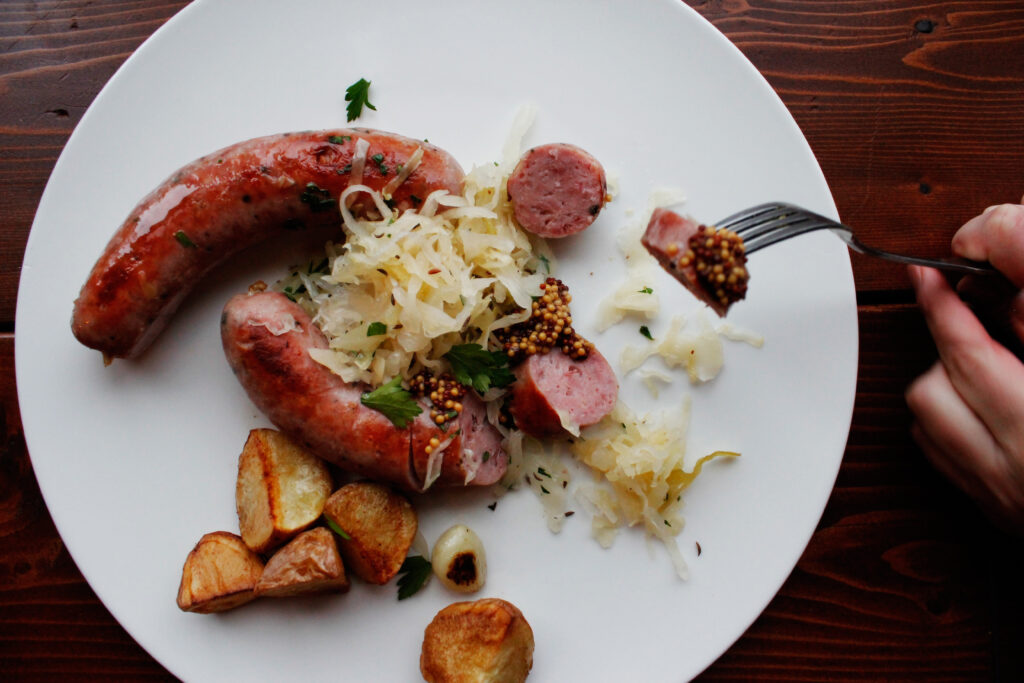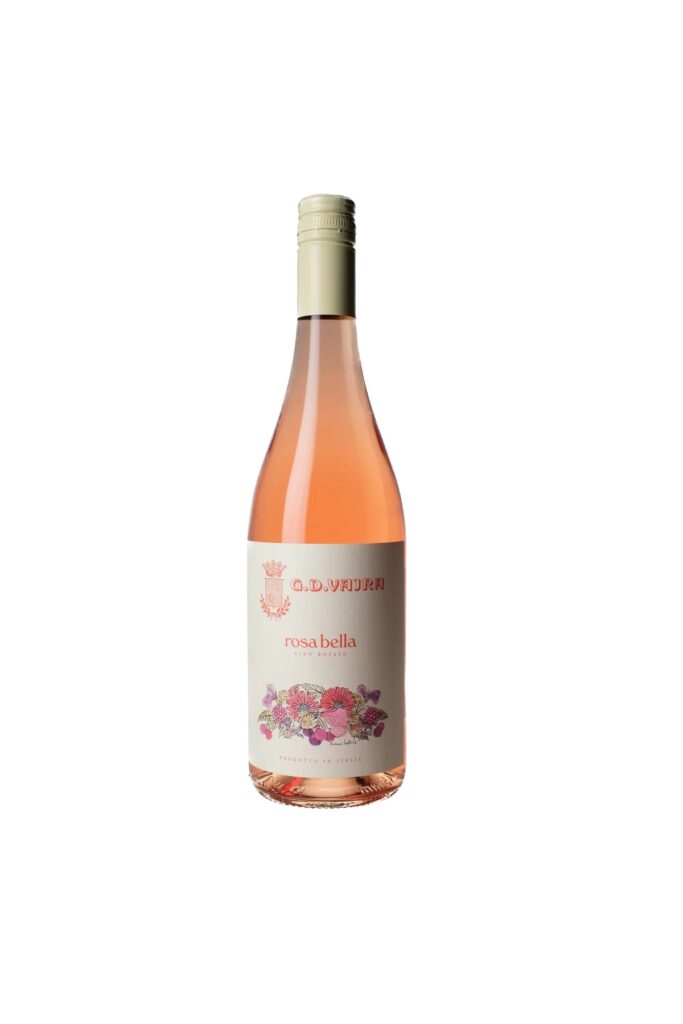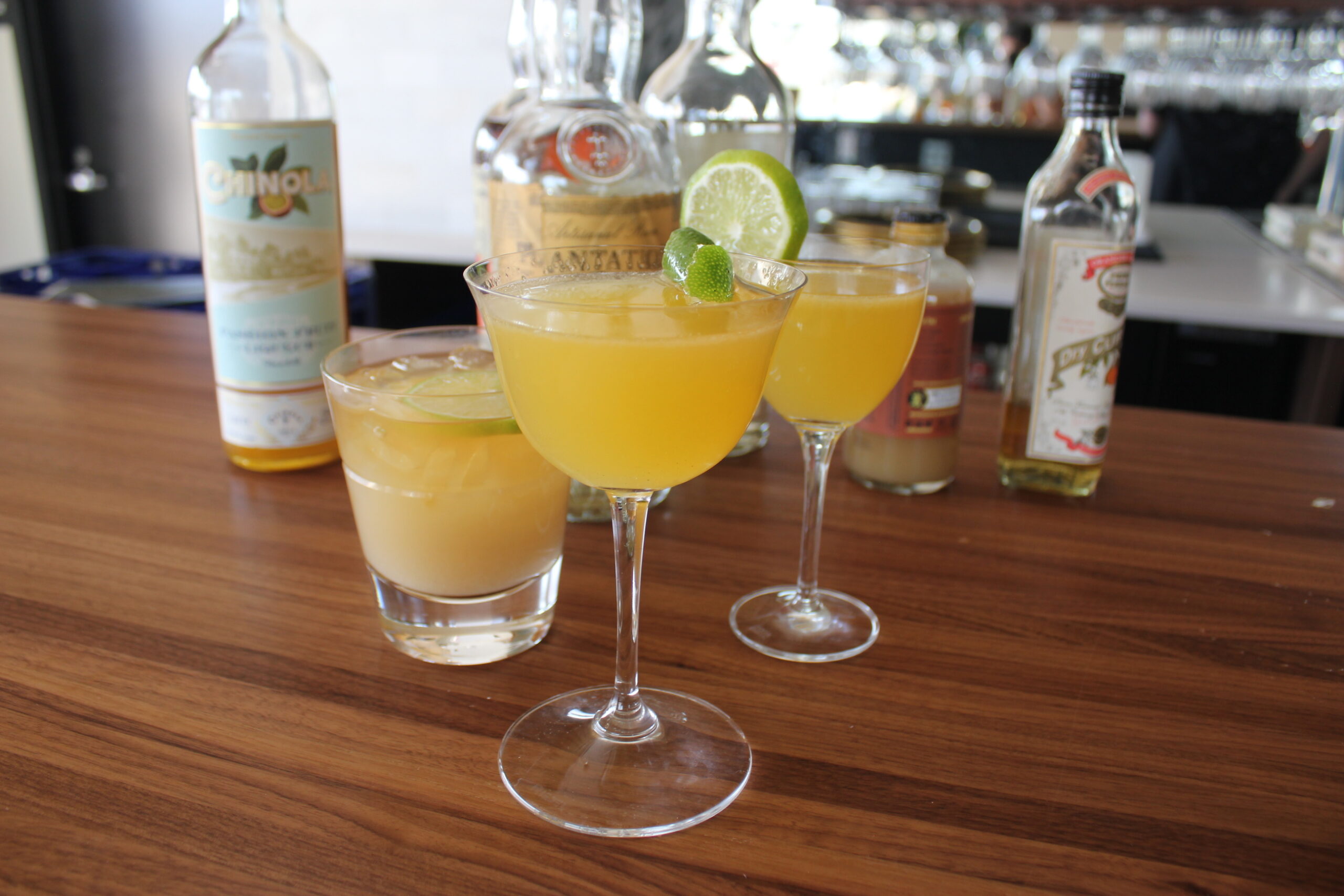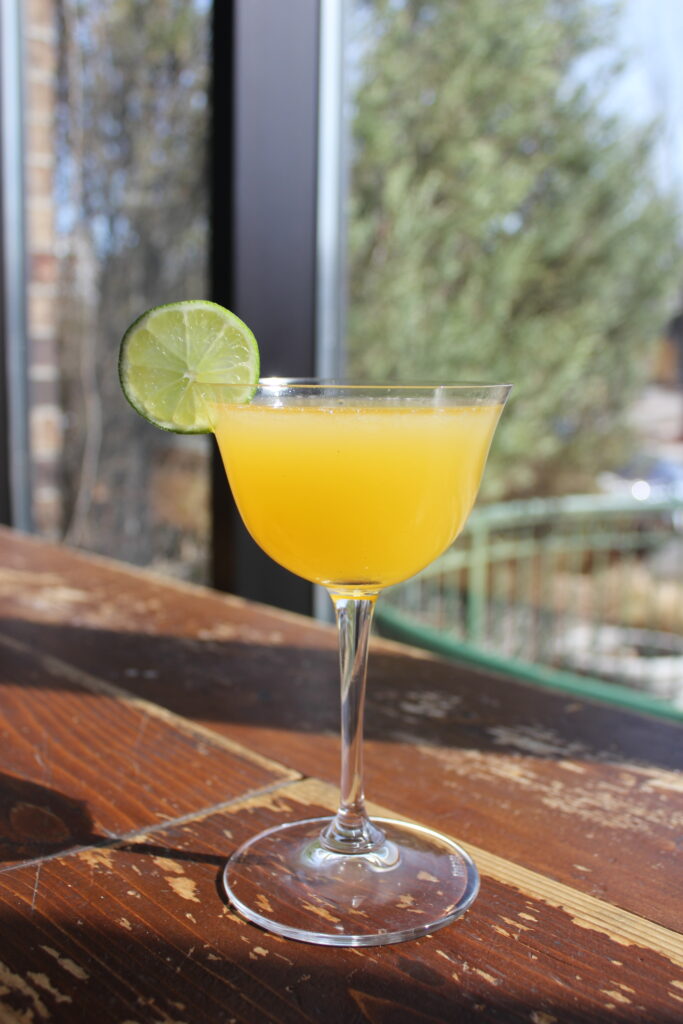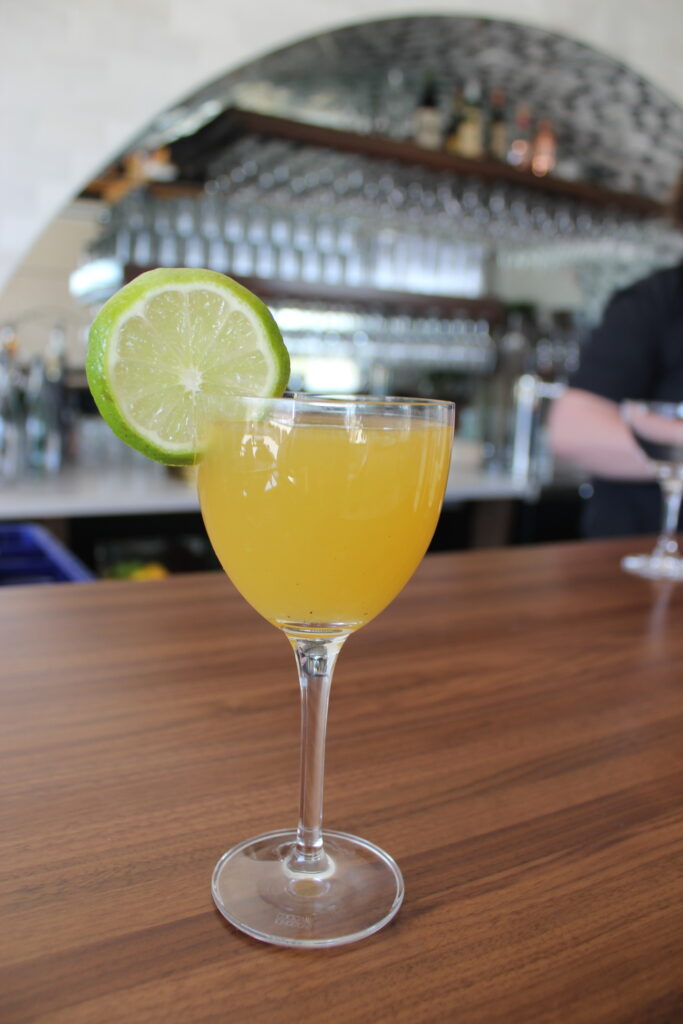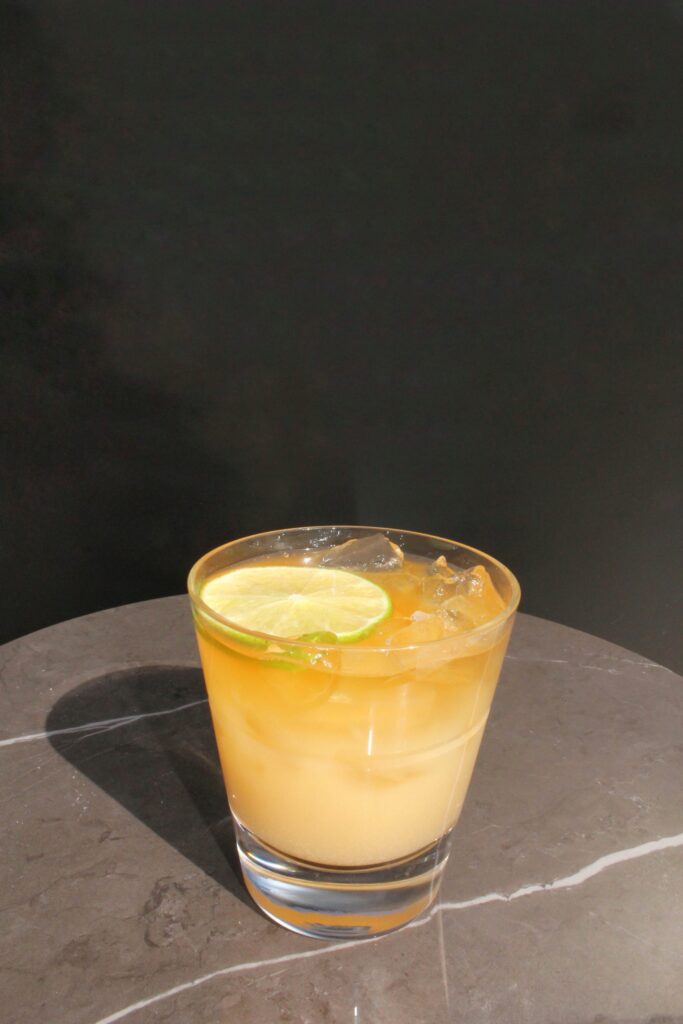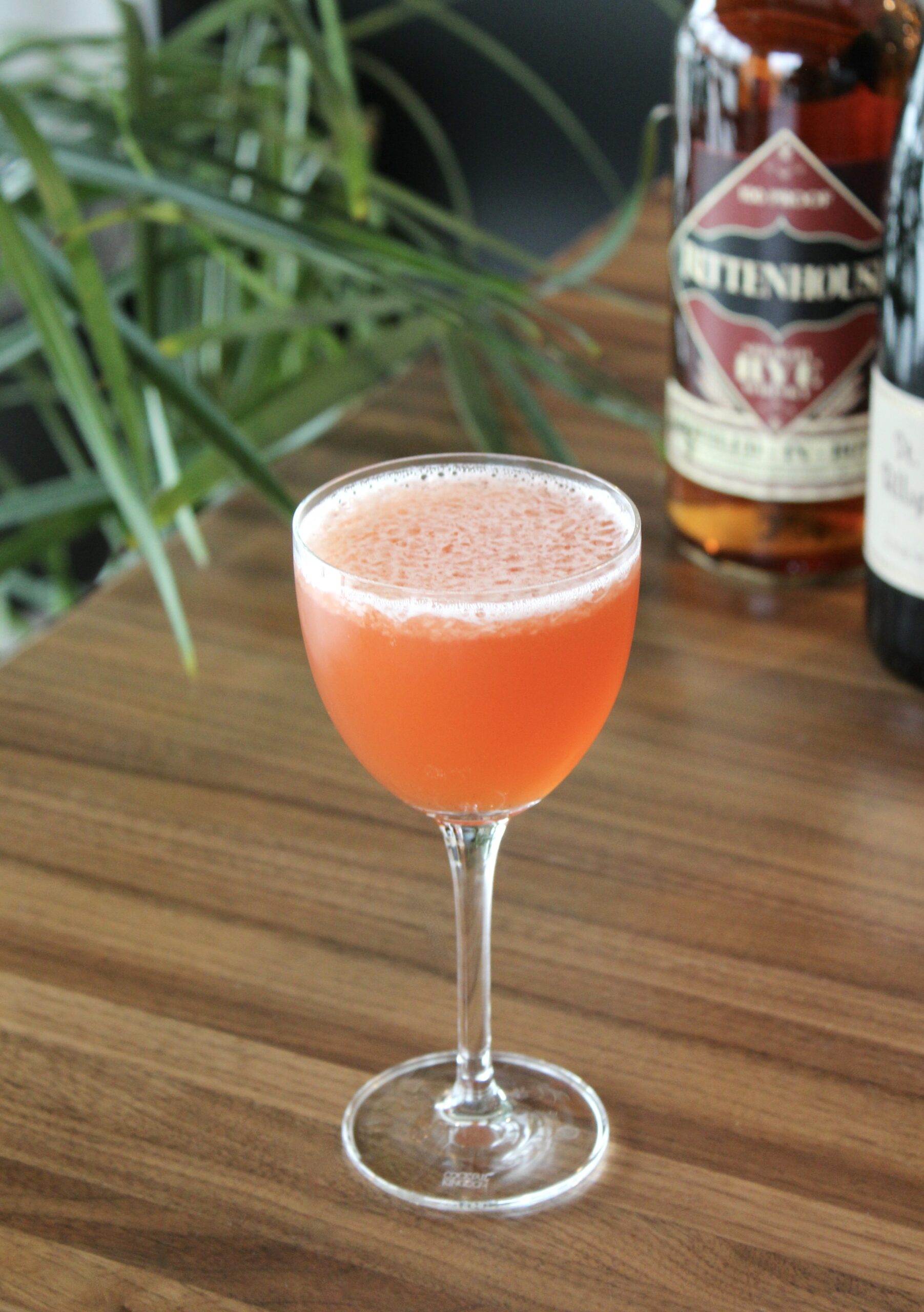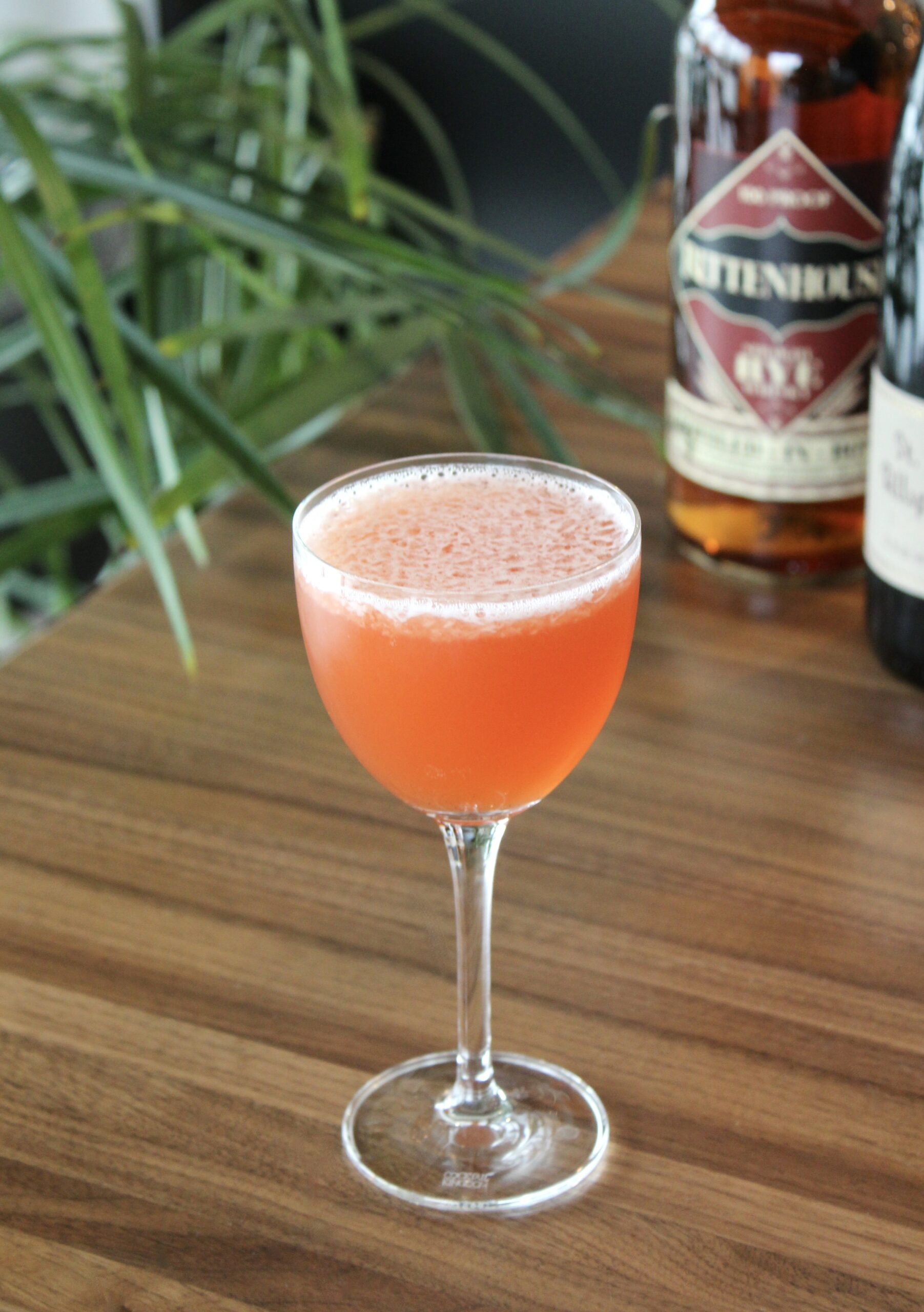written by Karina Roe

icon (ī-kän): a thing widely admired especially for having great influence or significance in a particular sphere
Over the years, it’s been my personal mission to take wine down off the pedestal and make it more approachable to more people. After all, wine at its most basic level is just alcoholic juice made from crushed-up grapes that were grown by a farmer. There is no literal magic involved with winemaking—we’re the ones who assign magic to wine.
With that notion in mind, it’s curious to entertain why some wines are “better” than others—why they cost more, why there’s more demand, why they’re higher quality, why you’re supposed to enjoy drinking them more. Why does the world know about Sancerre but not about Frontenac Gris? Why did you pay (thousands) more for your DRC than I did for mybox wine? Some of those questions have obvious answers, but some of them don’t.
The wine world has built up its own canon of wine “icons” over many hundreds of years. Some of these icons have historical or geographical significance. Others have become icons because their consumption and popularity were influenced by an important ruler, center of commerce, or fashion trend. Sweet wines, for example, have had a particularly strong presence in the “icons” category, simply because the taste of sweetness many hundreds of years ago was rare and very prized (especially to northern Europeans).
There’s much to be said about making wine more accessible and less stuffy and exclusive, and part of that accessibility comes by way of education. Learning the history and process behind these iconic wines (as well as the conflated stories and myths)provides insight and connection as to why they’re iconic. It also gives you the agency to make your own decisions about these wines and the structures they exist within.
We’re featuring a fascinating lineup of these “icons” in our upcoming “Decadent White Wine Icons” class on August 16th, where we’ll learn how to deconstruct the mystical aura around these wines before building them back up and returning the magic to them. We say in every one of our classes that there’s no such thing as a dumb question (only the one left unasked), but that’s even more prevalent in this particular class. This unique class is all about asking “why” these wines are the way they are, so come prepared to have some fantastic, in-depth conversations while tasting some of the most heralded white wines from around the world—and learn to assign your own magic to them.
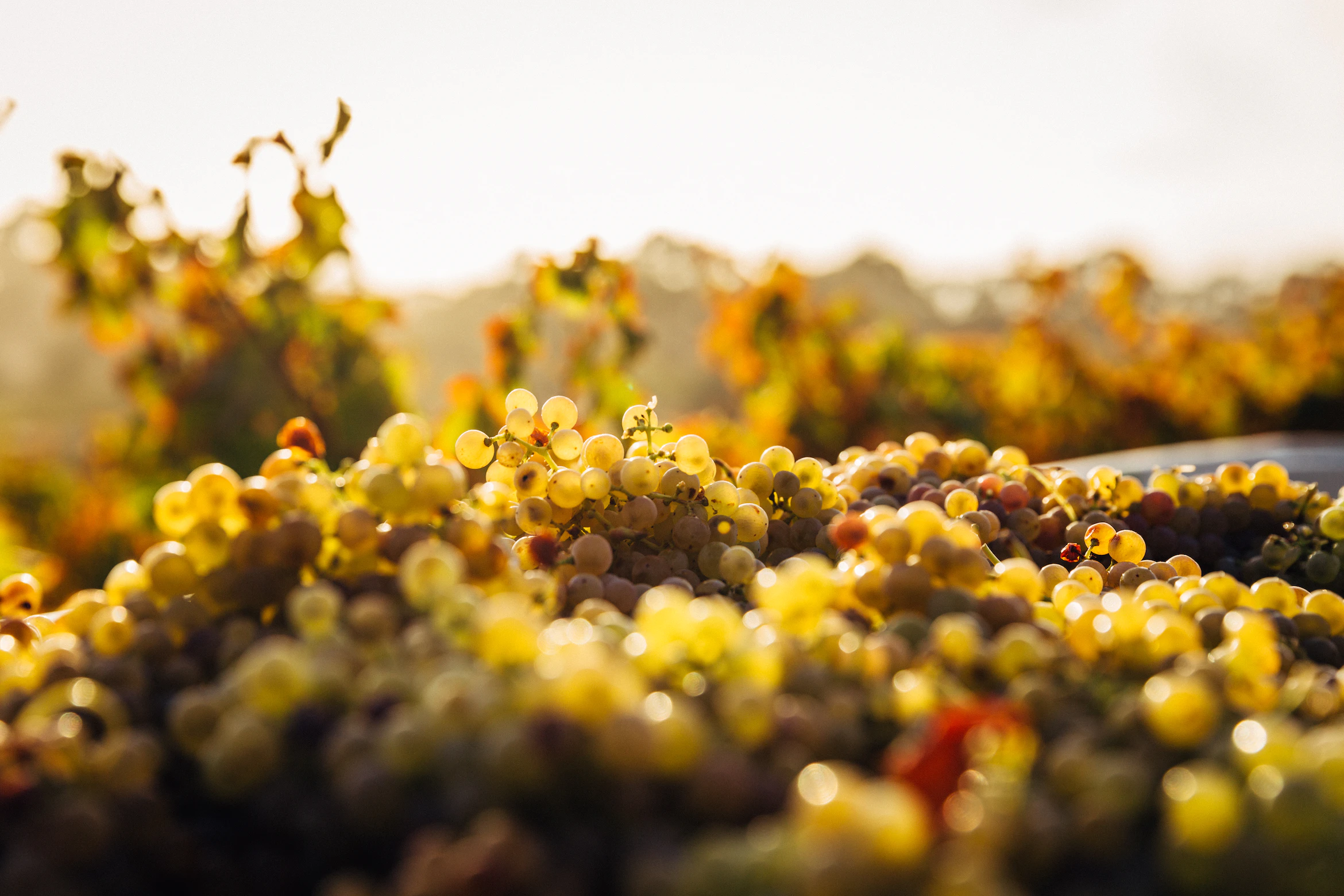
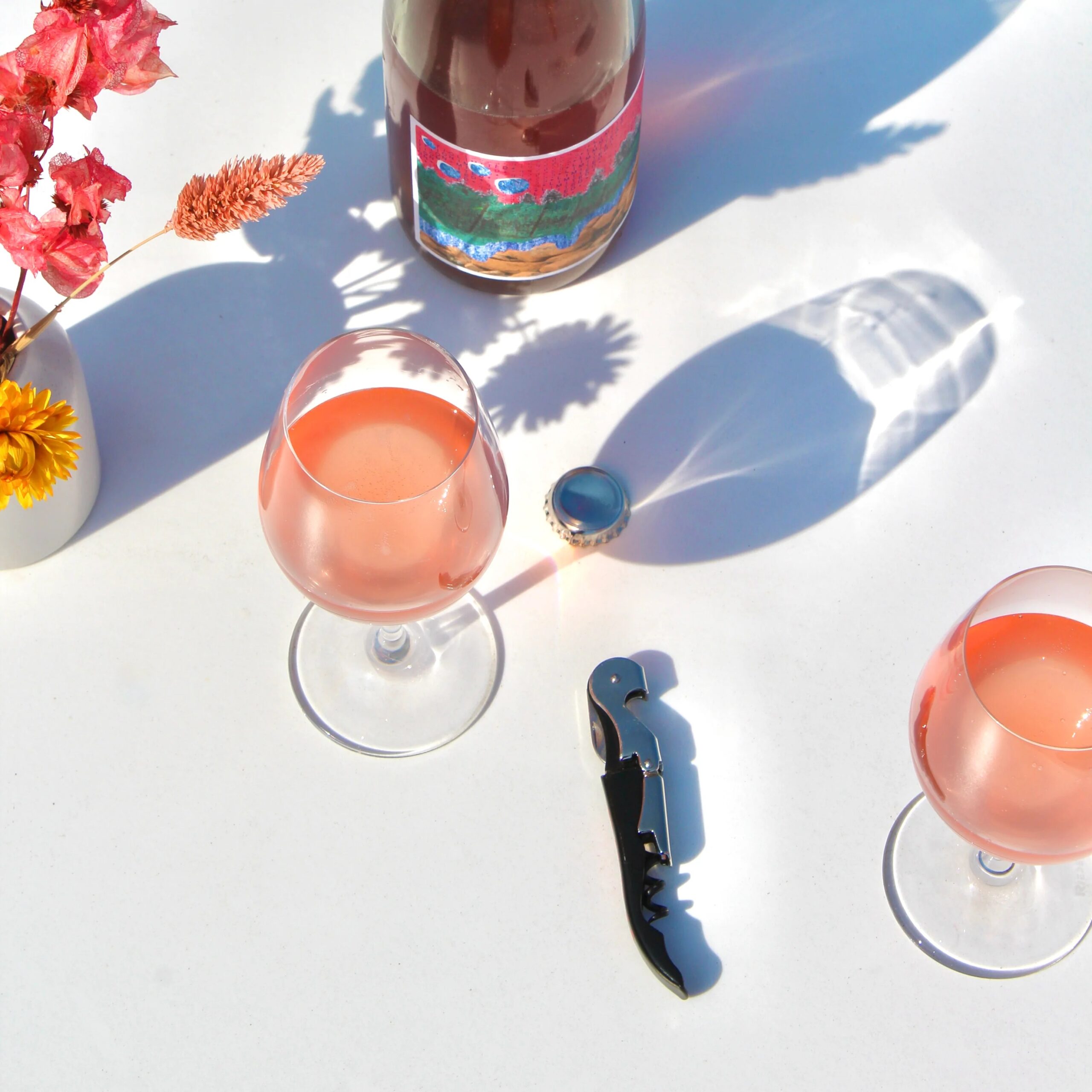

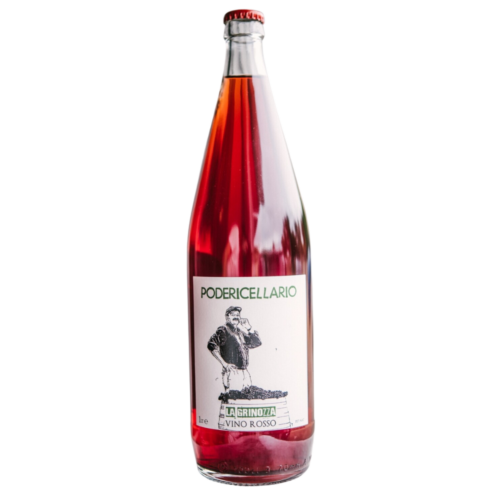
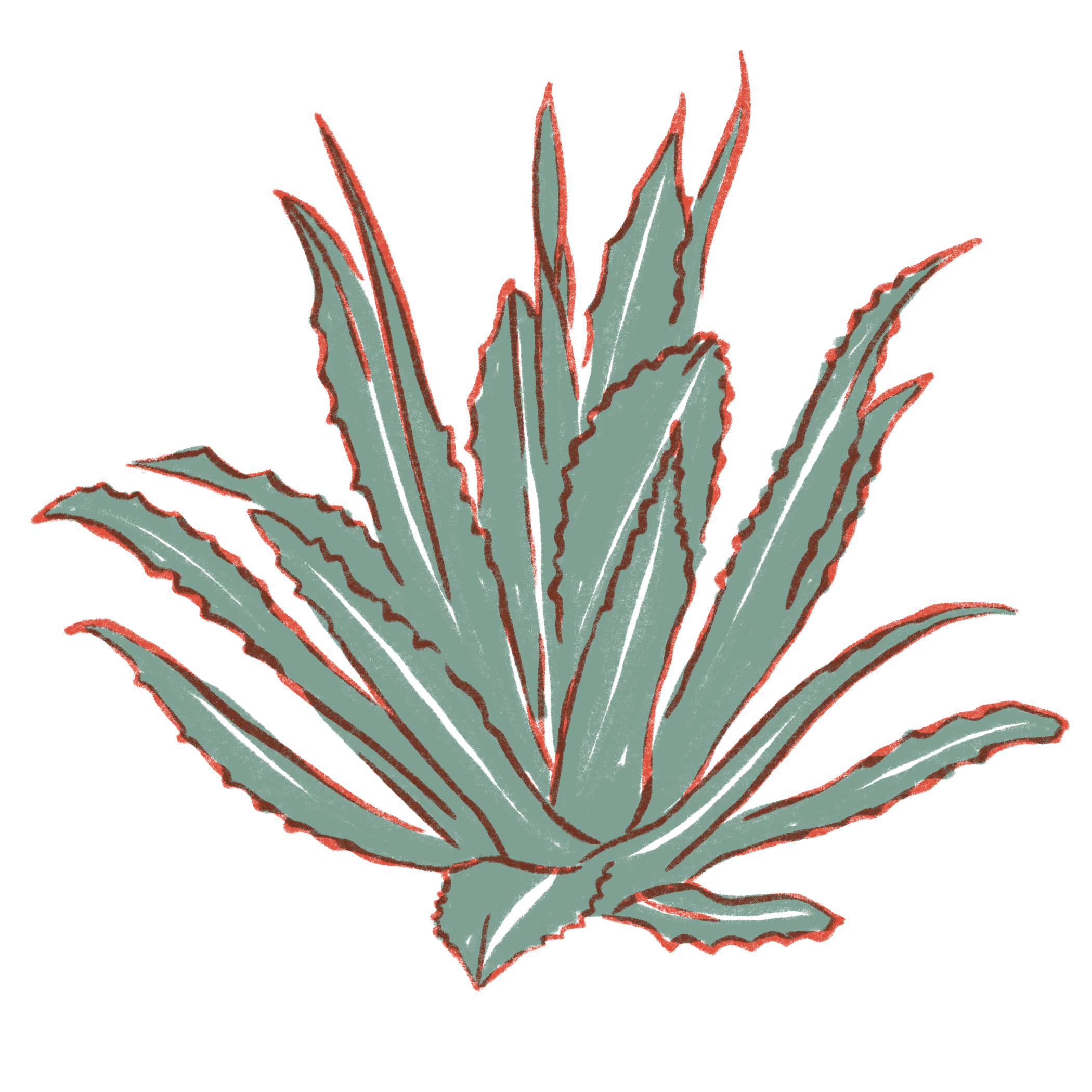

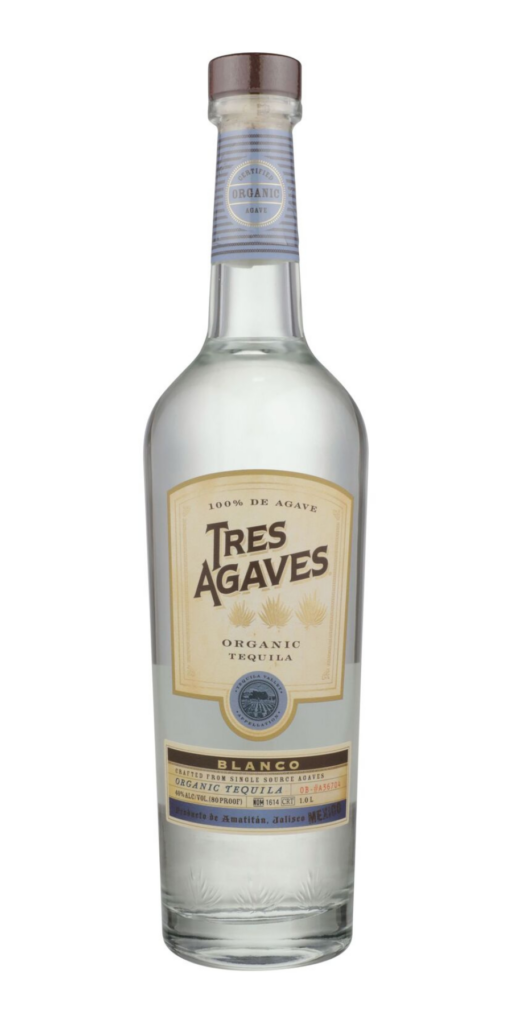
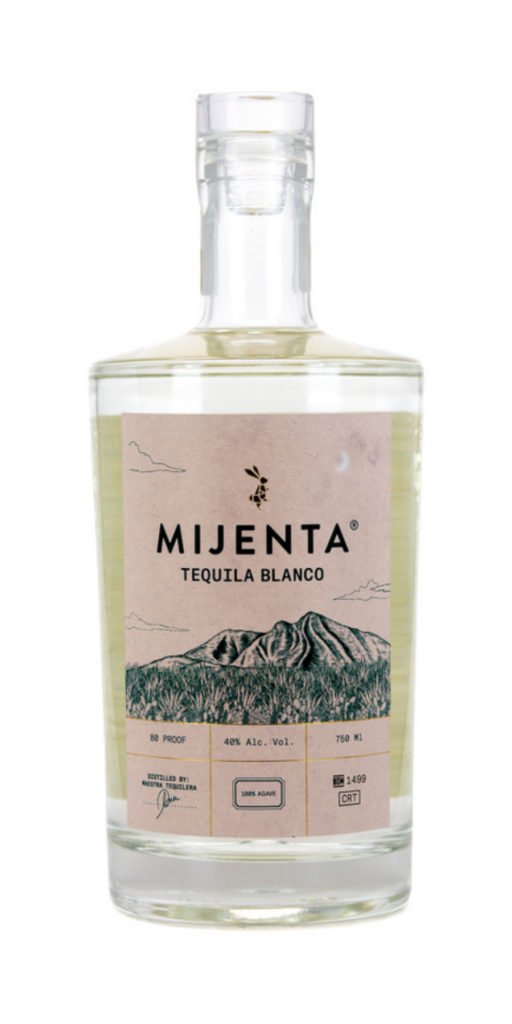
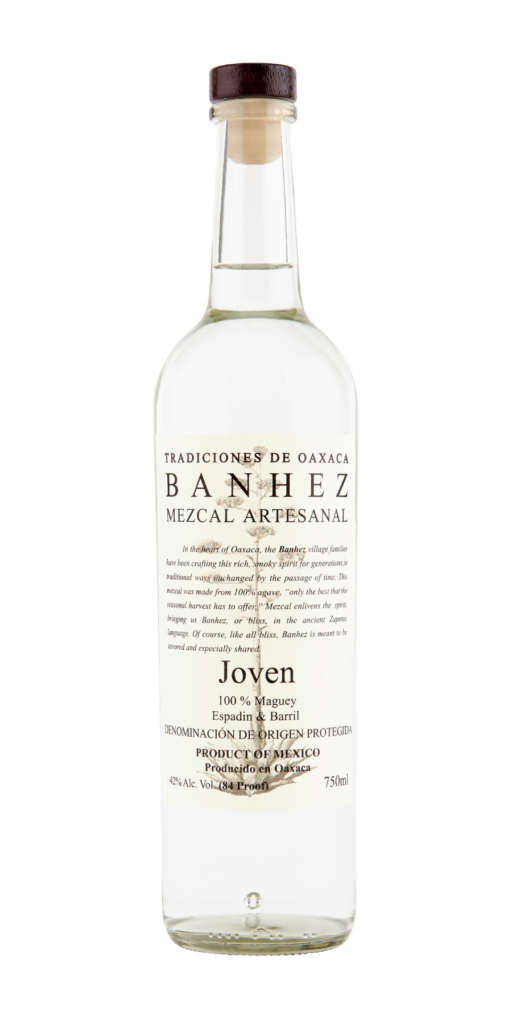
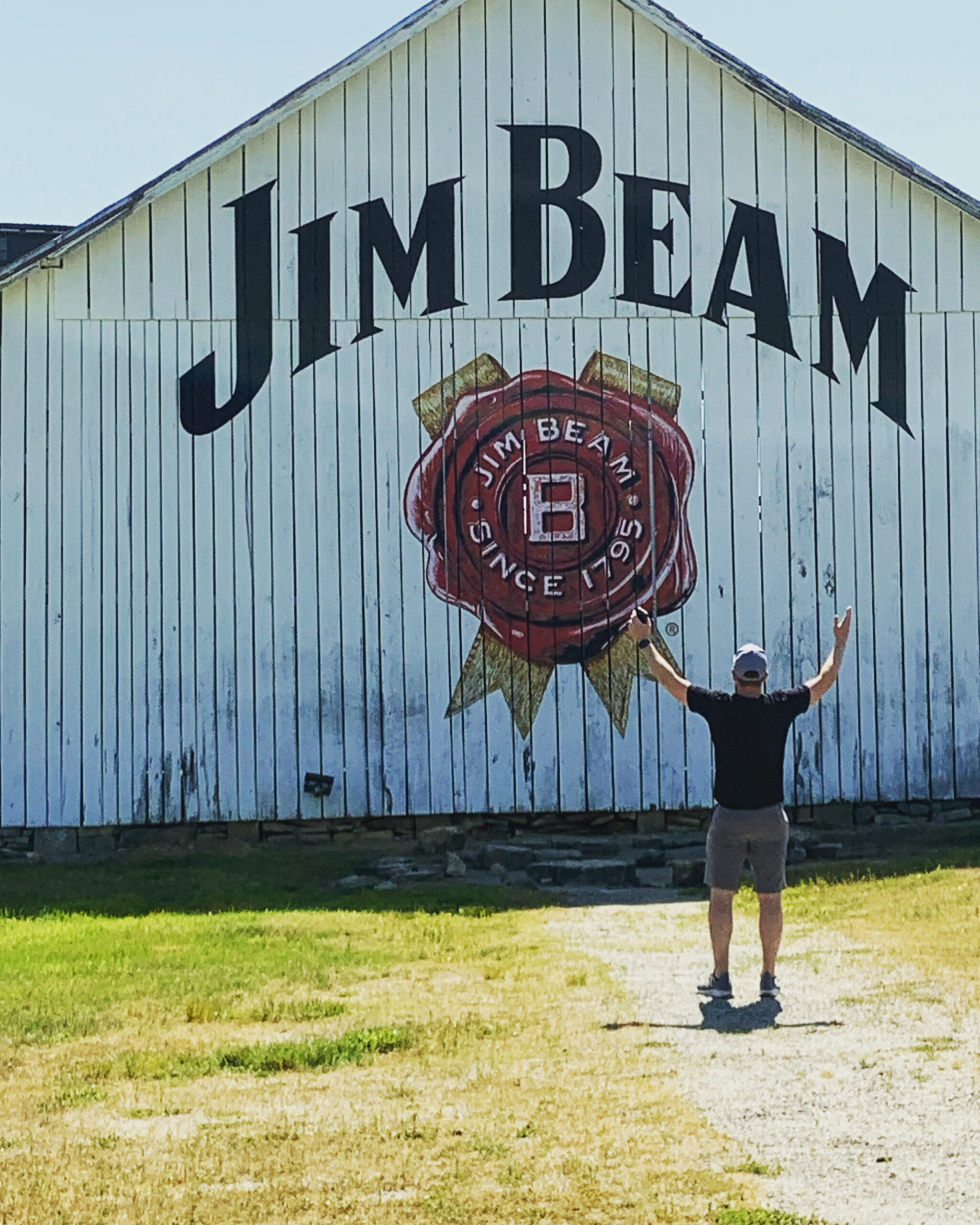

 by Tom Schneider & Dustin Harkins
by Tom Schneider & Dustin Harkins